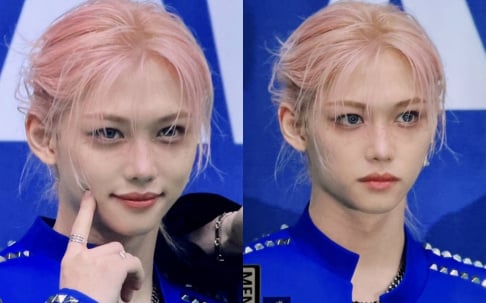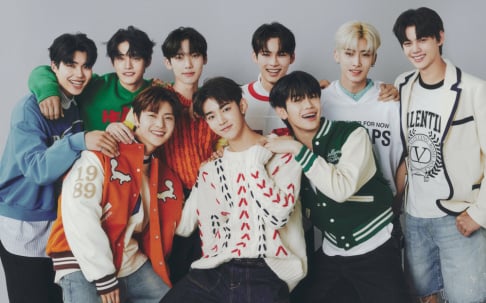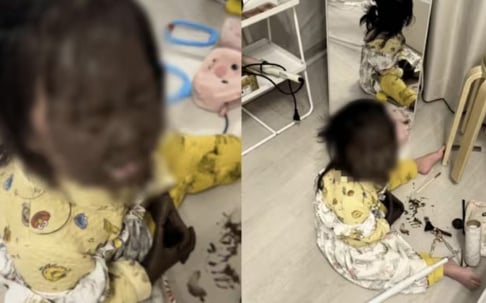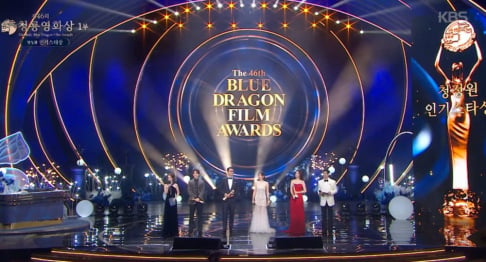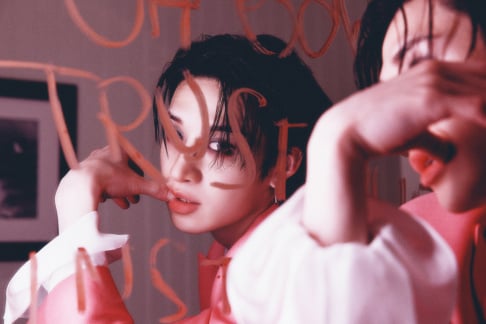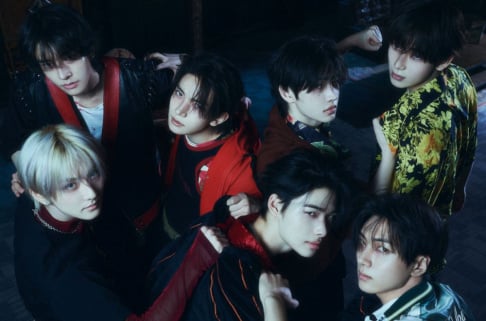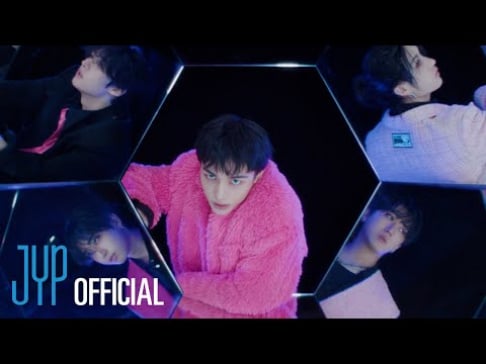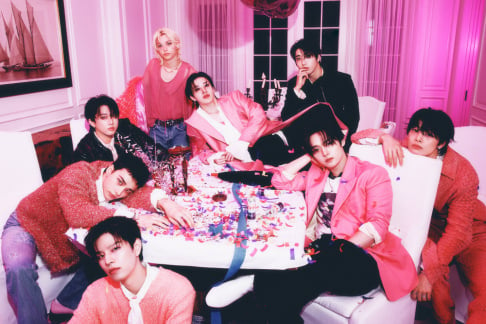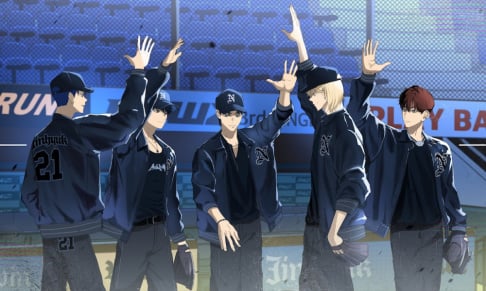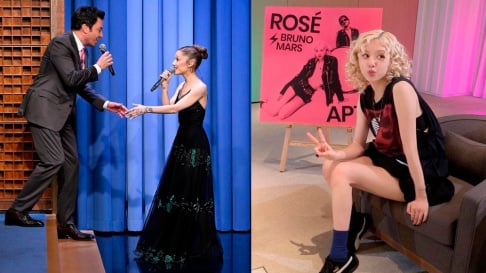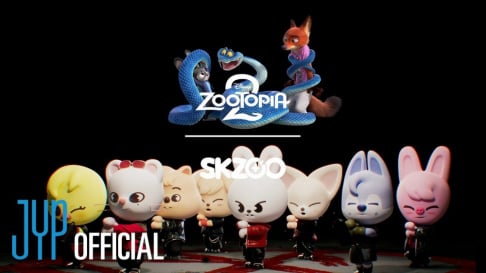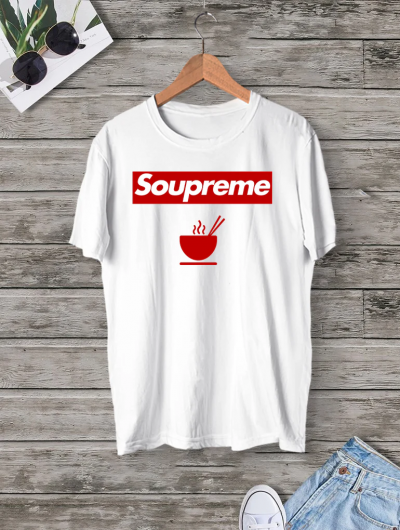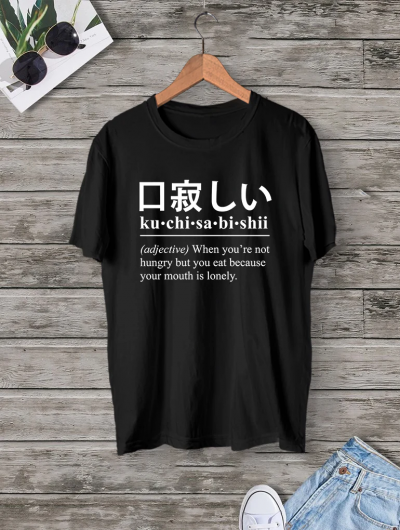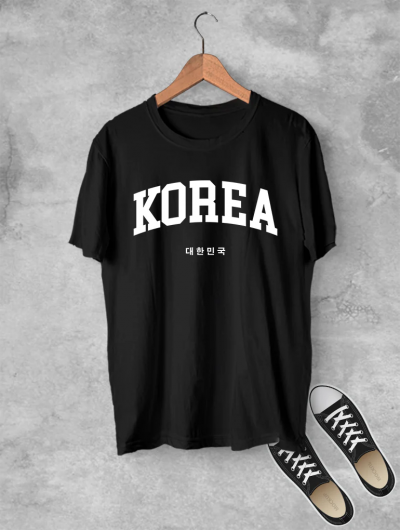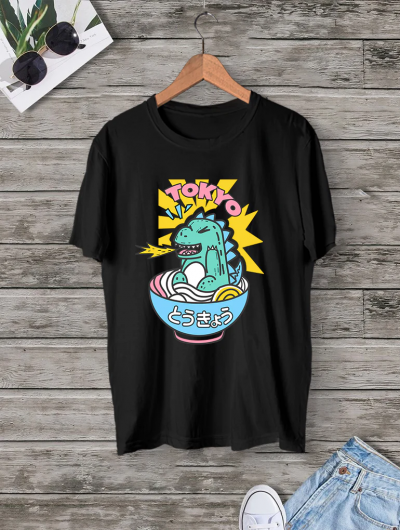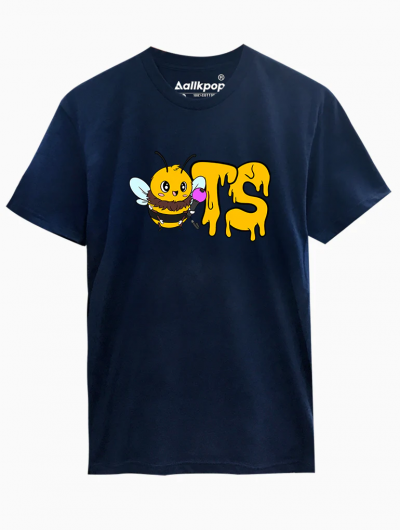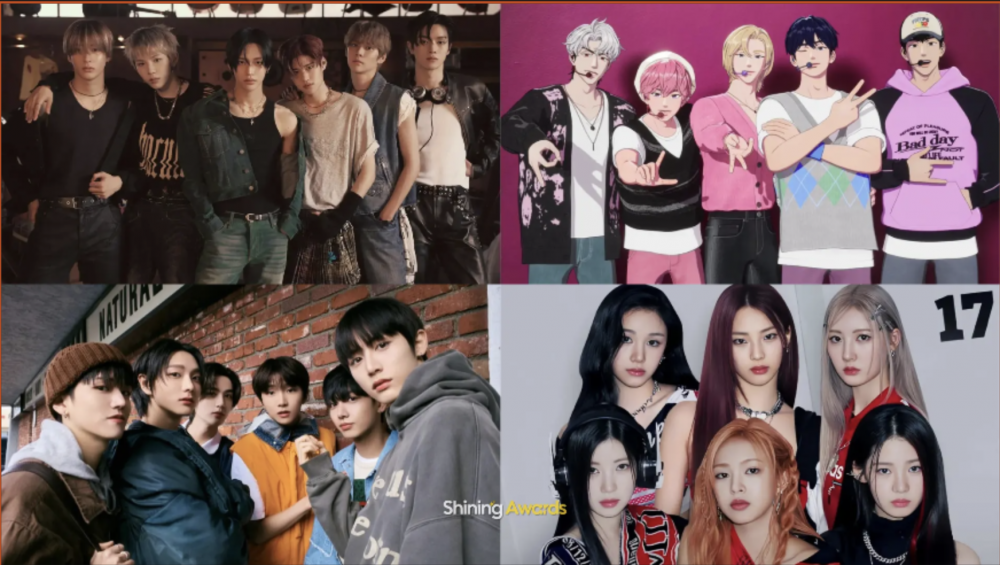
K-pop has always been celebrated for its dazzling performances, high production values, and ability to set global trends. Yet in recent years, both fans and critics have raised a difficult question: are idols themselves being treated like “fast fashion,” products meant to be consumed quickly and discarded just as fast?
The fast fashion comparison
In retail, fast fashion is defined by rapid production cycles, short lifespans, and trend-chasing. The same logic now seems to apply to K-pop. Groups are launched at lightning speed, sometimes with little time to build anticipation or identity. Instead of long pre-debut campaigns like in the early 2000s, when maybe three to five new groups emerged in an entire year, today, new rookies debut almost every week. The cycle is so relentless that fans barely get time to attach to one act before another arrives on the scene.
Short shelf life of idols
Just like a trendy clothing line that falls out of favor by the next season, many rookie groups rise quickly, peak for a moment, and then fade when the next batch takes over. Groups such as Pristin, CLC, and 1the9 had promising starts but disappeared or disbanded within just a few years. Even acts with solid fanbases, like X1 from “Produce X 101,” were forced to disband suddenly, showing how fragile the industry can be when speed and market trends outweigh stability. Meanwhile, new generations are announced before the last ones have even had the chance to grow. Fifth-generation idols are still debuting, yet companies are already preparing to push the sixth generation into the spotlight.
Trend-chasing over trend-setting
Another hallmark of fast fashion is designing products based on what is already trending rather than setting new directions. In K-pop, idols used to be the ones shaping culture. Now, more and more groups are packaged to fit into whatever is popular on TikTok, Instagram, or global charts at that moment. Whether it is a specific sound, visual aesthetic, or viral challenge, companies rush to copy it, leaving little room for individuality. This is evident in how many groups have leaned heavily into EDM drops, Y2K styling, or TikTok dance trends, simply because those formulas sell fast.
The cost of constant consumption
None of this is entirely surprising. The idol industry depends on constant output to survive, and global fans always crave fresh content. But when groups are treated like fashion drops, meant to generate a quick spike of attention before being replaced, it raises a question: how sustainable is this model for both artists and fans? Just as fast fashion has been criticized for waste and burnout, K-pop risks exhausting its own talent pipeline if everything is created for short-term gain rather than long-term artistry.
Perhaps the industry doesn't need to slow down entirely; instead, finding a balance between constant innovation and genuine artist development could ultimately strengthen K-pop.
 SHARE
SHARE

